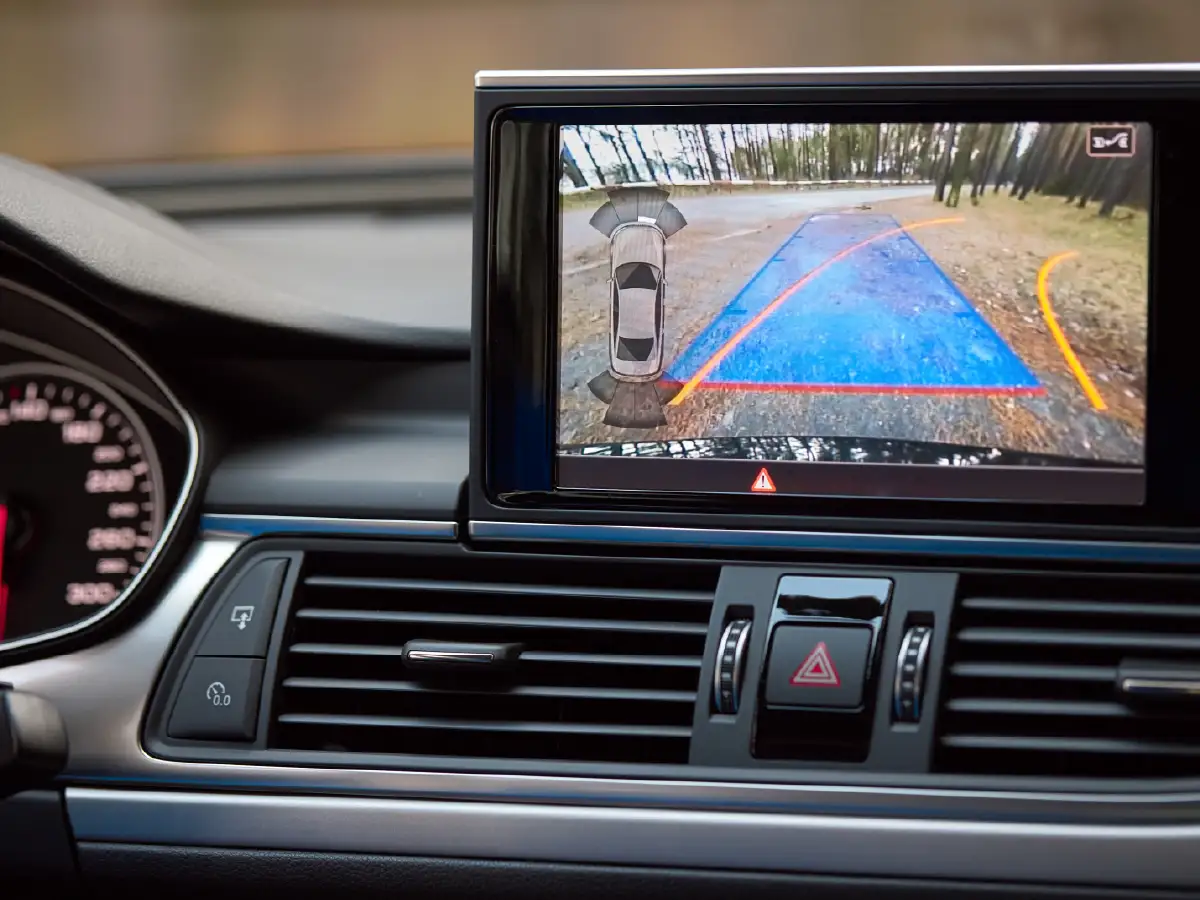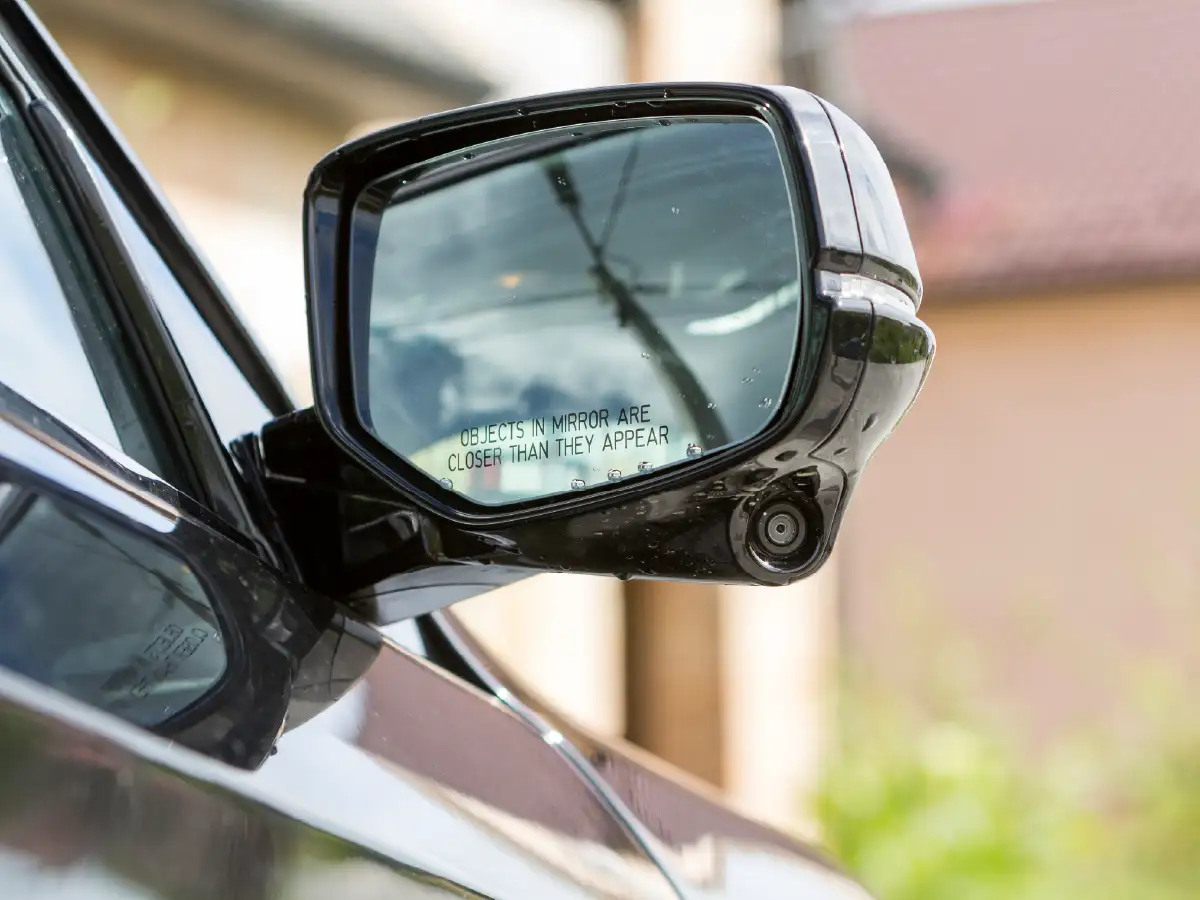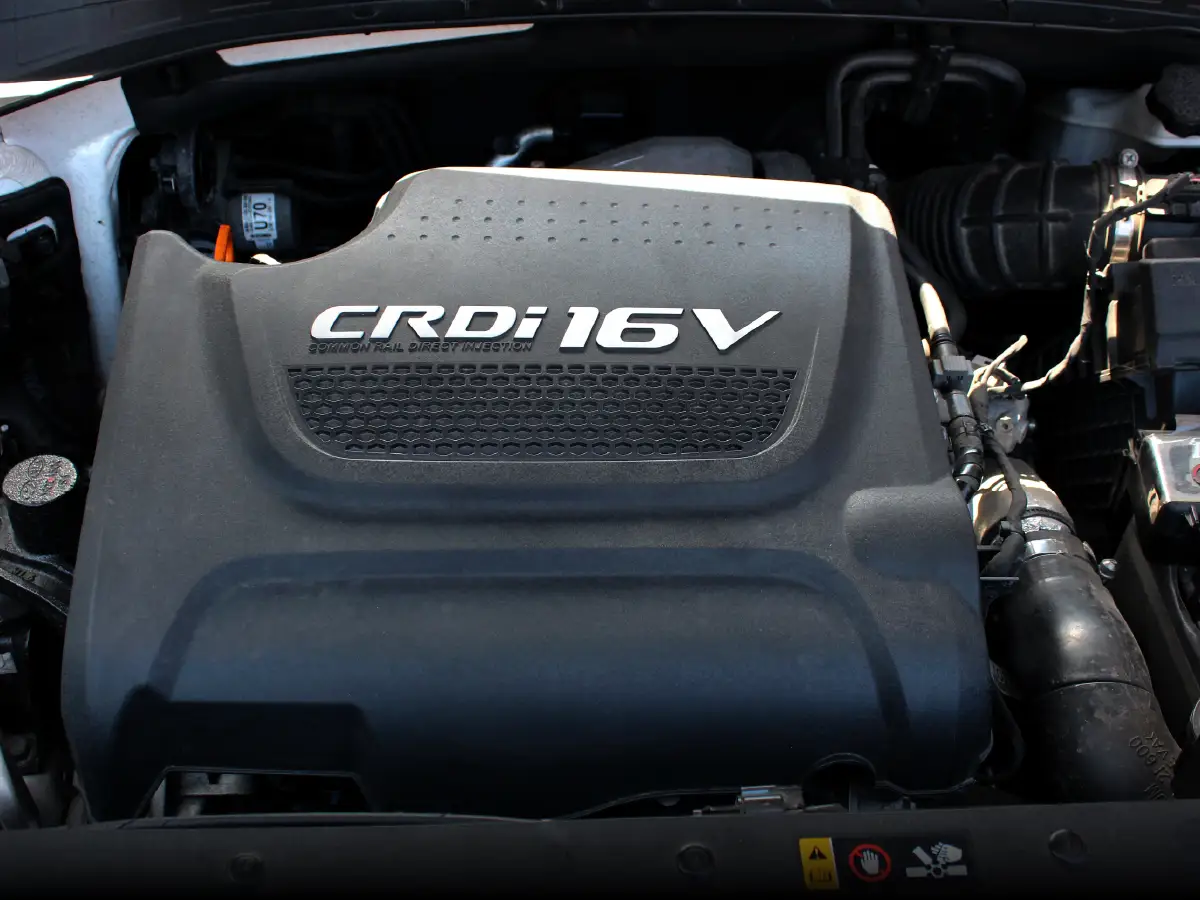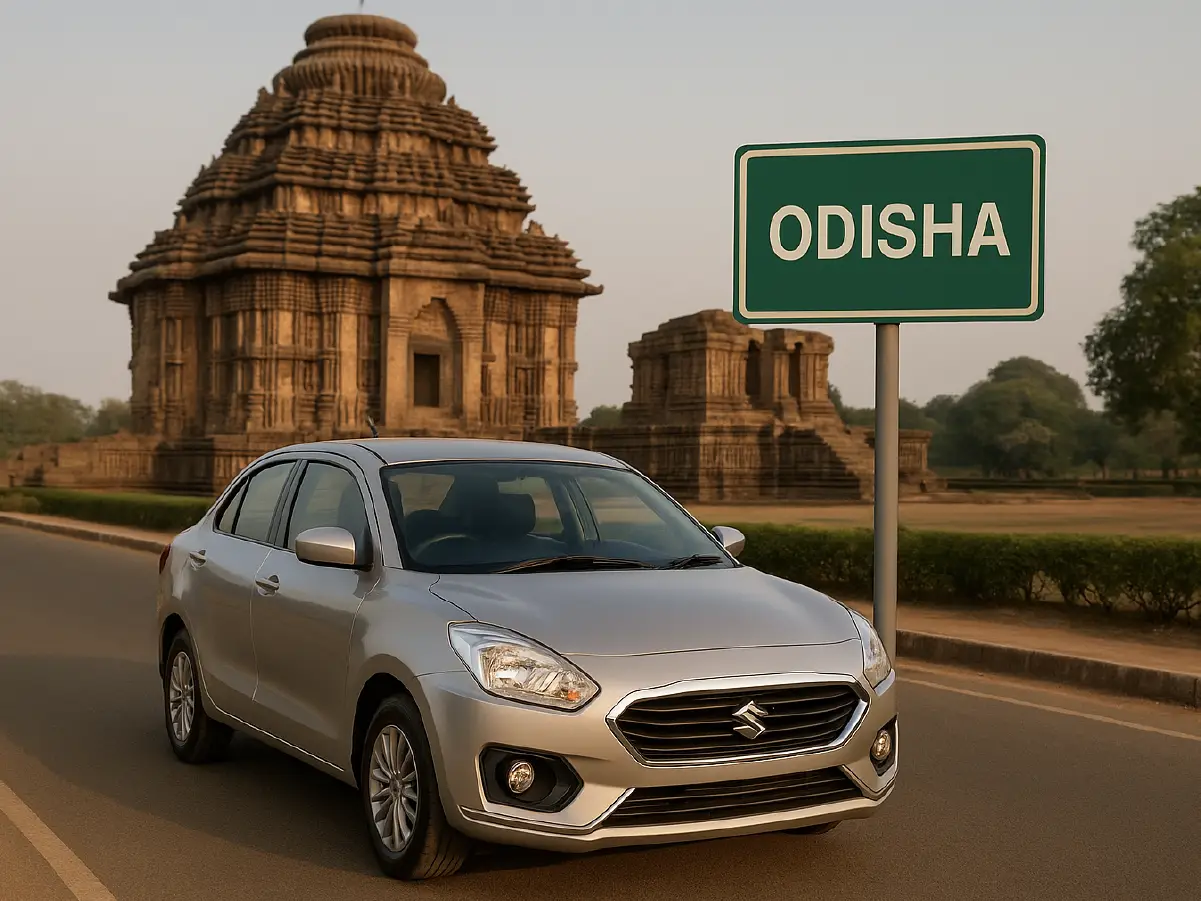Before you can drive your brand-new car off the showroom floor, the dealership will perform what’s called a Pre-Delivery Inspection of your car. The PDI checklist for new cars is essentially a list of all the things that need to be checked and verified that they are up to standards and working before a customer takes delivery. The PDI spans inspecting the paintwork for imperfections, body line for gaps, electrical/infotainment systems for correct working, mechanicals for expected functioning, leaks and more.
It is recommended that you, as a customer, are present for the PDI of your new car to verify it is being carried out satisfactorily. At the very least, if you are aware of the PDI checklist, you can verify it to your own standards and safeguard against any issues, be it minor or major. A thorough PDI checklist for new cars ensures you drive home a car that looks and functions exactly how the manufacturer intends, saving you from surprises down the road.
Join the CARS24 official auto community, CLUTCH, for insights, discussions and more.
What is Pre-Delivery Inspection (PDI)?
.jpg)
The pre-delivery inspection or PDI is the act of thoroughly examining a car inside and out to check for any defects that may have been missed at the factory during the car’s production. The PDI is usually carried out by the dealer before a customer takes delivery to ensure that it is fully functioning and safe to drive.
While each car manufacturer has its own exact guidelines and checklists for pre-delivery inspection, the checklist will usually include the following:
- Checking the vehicle’s oil, coolant and windshield washer fluid levels and topping up, if required
- Checking the exterior and interiors thoroughly and cleaning the car inside and out, if required
- Checking the vehicle’s lights and setting headlight alignment, if required
- Checking the wheels, tyres and lug nuts, tightening bolts and filling air in tyres to recommended levels, if required
- Verifying the car’s seat belts and telltale instrumentation warning lights are working as intended
- Checking that the car drives as it should on a test drive, performing wheel alignment and balancing, if required
Car PDI checklist for physical inspection
While performing a pre-delivery inspection of a new car by yourself may seem like a daunting task, it’s just a matter of following a PDI checklist and making note of any items that aren’t up to standard.
- Inspect the car with ample daylight available, in an open space to ensure you have the place to see the car from all angles, including the underbody if possible
- Check the car’s exteriors for any misaligned body panels, major variations in panel gaps, or ill-fitting body trim
- Inspect the paintwork for scratches, blemishes, overspray, paint runs or nibs, including on interior panels, in the engine bay and boot
- Open/close all doors, hood and boot to ensure that they work as intended
- Lock/unlock the doors, with the car’s key fob and spare key
- Verify all exterior lights function properly, including follow-me-home headlights, cornering fog lamps and puddle lamp functionality if present
- Inspect the boot and verify the presence of emergency toolkit, jack and inflated spare tyre
- Inspect the engine bay for leaks, dangling wires or faulty connections. A dirty engine bay not matching to the odometer reading could point to the car having been used for test drives
- Inspect the car’s documentation, making sure all VIN and engine numbers match on the documents and the car
Car PDI checklist for interior inspection

A thorough inspection of a car’s interiors before delivery is just as important as the exterior, as this is where you will be spending all your time with your new car.
- Verify that seat adjustment or electric seat adjustment is functioning properly in all directions
- Verify that the steering wheel adjustment for reach and rake (if applicable) works
- Verify that the driver’s instrumentation functions properly and all warning lights light up during pre-system check on start-up
- Verify all windows roll up and down properly
- Verify sunroof works as intended
- Inspect the upholstery and interior plastics for scratches, tears or stains
- Verify the odometer reading
Car PDI checklist for electrical inspection
Warranty claims for new cars related to its electrical systems is not uncommon nowadays, given how many features are packed into new cars. A full electrical inspection could help catch minor issues so they can be addressed before delivery.
- Test all lightning systems, this time from inside the car to ensure the appropriate telltale lights work
- Test the vehicle’s air conditioning/climate control system to ensure proper cooling. Check for any leaks under the vehicle at the same time. (Condensation dripping is normal)
- Check all control buttons and switches inside
- Double-check the horn’s functionality
- Use the wipers, including the spray and wipe functionality
- Double-check the vehicle’s infotainment and audio system for any faults
- Verify the odometer is connected and working properly
Car PDI checklist of essential fluids
One of the shorter PDI checklists for a new car but one of the most important is to check fluid levels in the engine bay before taking delivery.
- Check engine oil level using the dip stick, the level should not exceed the maximum marking when the engine is warm
- Check coolant level
- Check brake fluid level, it should be between minimum and maximum marking on the reservoir
- Check windshield washer fluid is topped up
Car PDI checklist for a test drive
An important step in your car's pre-delivery inspection process is the test drive to make sure your particular vehicle is performing as intended.
- Try and take a test drive at a time when traffic is low, or on a clear road
- Start the engine and listen for any untoward sounds at idle
- Ensure the car warms up properly, the temperature gauge should rise to just under halfway at normal operating temperatures
- Check the clutch action and gearshift action and ensure its smooth with no obvious heaviness or notchiness
- Check for any sounds from the suspension, body or interior panels while going over bumps as it could be indicative something has come loose
- On an empty road with no traffic behind you, check that the ABS braking system is functioning properly by allowing you to steer even with the brakes fully pressed
Car PDI checklist of duplicate key

Every new car will come with two keys: one main key and one spare key. In some instances, the spare key could be different from the main key, especially if the key is of a fob design. Test both keys remote functioning, as well as physically insert them into the door lock to ensure both fit and lock/unlock the vehicle.
Documents required for pre-delivery inspection
A new vehicle’s documentation should be fully complete and in line with other records for the car to ensure full legality.
- Invoice: Should contain the model, variant, car’s chassis/VIN number and engine number, and match with the numbers on the car’s engine, engine bay or windshield
- RTO documents: This should also contain the matching chassis/VIN number and engine number
- Payment receipts: All payments towards the car, accessories, road taxes, registration etc
- Insurance policy details
- Registration: Should contain matching chassis, engine numbers
- Warranty
- Extended warranty, if applicable
- Roadside assistance (RSA) copy
- Owner’s manual and service booklet
- PUC certificate
Conclusion
The pre-delivery inspection of a new car is an important step towards ensuring trouble-free motoring with your vehicle and should be treated as such. Fortunately, with a PDI checklist in hand, it’s a process that becomes easy only requiring between 30 minutes to an hour to complete.
FAQs
Q. What are the things to keep in mind during a Pre-delivery Inspection (PDI)?
During a pre-delivery inspection, it is important to keep in mind the various items that need to be inspected pertaining to exteriors, interiors, electrical functions, vehicle fluids and the test drive.
Q. What should I check when inspecting my new car?
When inspecting a new car, be sure to check the exteriors, wheels/tyres, interiors, engine bay, boot, electrical functions and mechanical working of the car.
Q. What happens if I find any defects in my new car during PDI?
If you find any defects in a new car during PDI, bring it to the notice of the dealership. Minor issues can be rectified at the dealership. Major issues may require specialist intervention. In rare cases, another vehicle can be allotted to you.
Q. How much time does it take to conduct a PDI?
A PDI can take between 30 minutes to two hours to complete, depending on how thoroughly the car is inspected.
Q. Why should you conduct a PDI of your car?
A PDI should be conducted on every new car before delivery to ensure it functions and drives as the manufacturer intends and that it is safe to operate.
Q. What is PDI inspection?
A PDI inspection, or Pre-delivery inspection is a checklist when purchasing a new car to ensure you identify any flaws in the car before taking delivery.
Q. What should we check during PDI?
Some basic checks during a PDI include checking all the electrical components, engine, paint, interior, and that the car’s VIN, chassis, and engine number match those on the invoice.
Q. Is PDI mandatory for cars?
While a PDI is not mandatory for cars, it is highly recommended to ensure any manufacturing defects are highlighted before taking delivery.

















